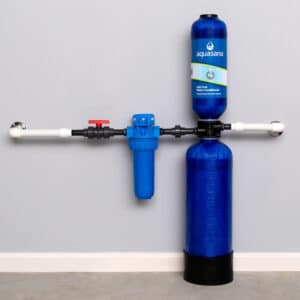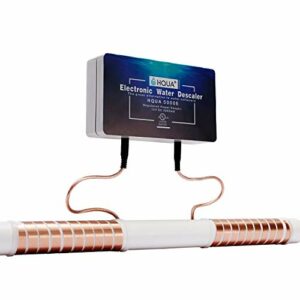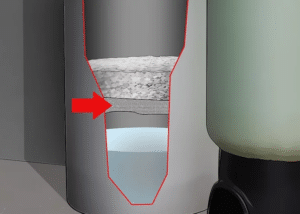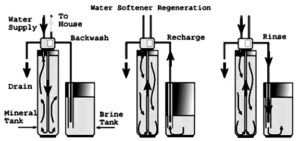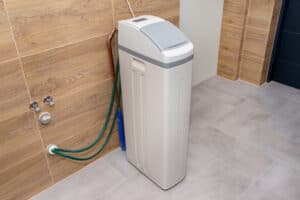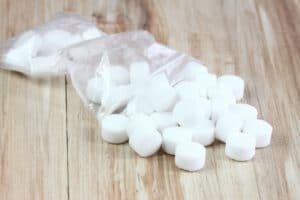Any home improvement can cause unintended consequences. With water softening systems, one unintended consequence might be reduced water pressure.
A drop in water pressure can happen with a newly installed water-softening system or one that has been in place for a while.
Here are a few ways your water softening system might be causing your home’s water pressure to drop.
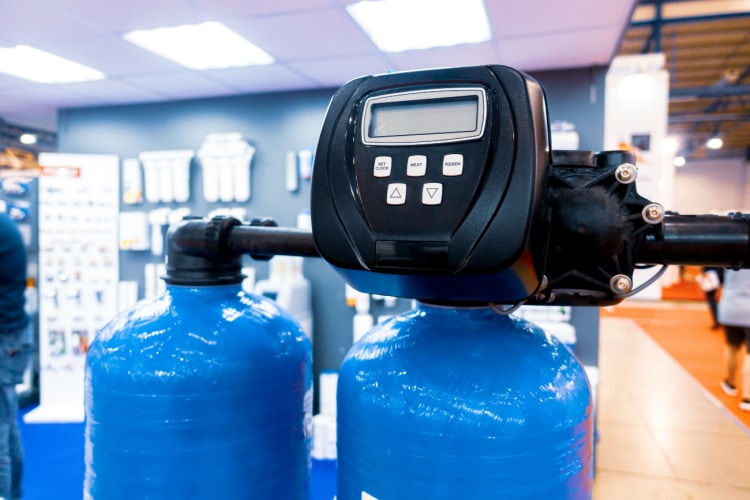
Pinpoint the Issue
Your drop in water pressure might look like your water-softening system caused it, but that is not guaranteed. If you just installed your system, it might be a coincidence that your water pressure lowered, or the installation may have exacerbated a problem that already existed but was made worse.
There is also a chance that the water pressure drop has nothing to do with your water softener system.
To pinpoint if it is your water softener system causing you the issue, turn on your system’s bypass valve and check your pressure. Then, turn your bypass valve off and see if your water pressure drops.
If the pressure dropsdrop when the water bypass valve is on, your water pressure problem is caused by something other than your water softener system. If when you turn the valve off, the water pressure drops, you know the system itself or its impact on the rest of your water system is the likely culprit.
Some examples of things that can cause a sudden drop in water pressure include, but are not limited to:
- A clogged intake pipe (which can be a problem with homes with hard water)
- Water provider issue
- Leak in the water system
- A broken water main or well pump issue
If you experience a sudden drop in water pressure, always check with your neighbors to see if they have the same issue before tearing your water softener system apart.
Once you have tested whether your system is the issue, and if you determine it probably is the cause, look to these possibilities as the root of your problem.
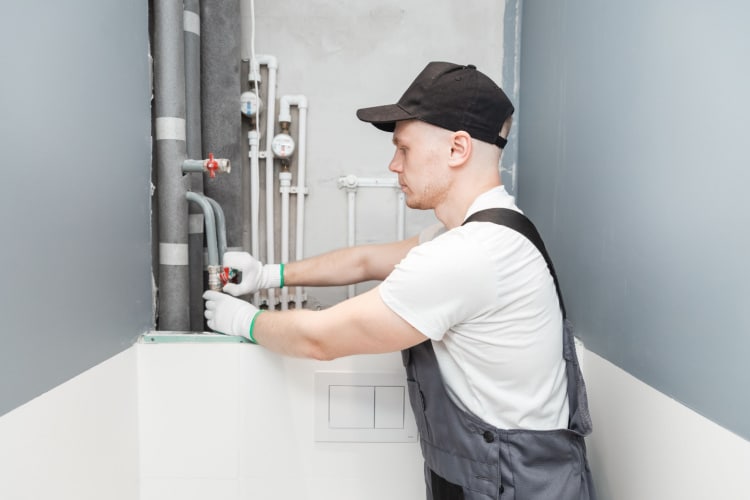
Overwhelmed Water Softener System
If you have installed a water softener system that is too small, the system cannot keep pace with your use, and your water pressure will drop. The best indicator of this is if you just installed your system and the pressure dropped. Test the bypass switch to verify that the system is the choke point for water.
While most times installing an undersized water softener system will immediately cause a drop in water pressure, sometimes it will take a while to develop. For example, a change in water usage can cause an existing system to become overwhelmed suddenly.
Whether you just installed your system or the water pressure drop materialized “out of nowhere,” you will want to get a system that can handle your average use volume. To determine what you need, use this formula:
“The number of people multiplied by the number of gallons used multiplied by grains of water hardness.”
You need a bigger water softener system if your system is too small to handle that volume. If you do not know any of those numbers, you can have a technician for your softener system perform tests to determine if you need a larger system.
Clogs
Your water softener system has a lot of components that can become clogged. When some become clogged, water intake is restricted, or if the clog happens on the outflow end, the water will enter fine but not adequately push through into your home.
There are three types of clogs most water softener systems can experience:
Sediment Filter Clog
Your sediment filter catches particulates that are in your water before the water enters your main water system. Over time, that filter can become clogged by sediment and particulates. When that happens, your water flow is restricted. Clearing the clog is the recommended course of action to fix this issue.
Follow your maintenance manual for instructions on how to do this.
Resin Bed Clog
Another area of your system that can become clogged is the resin bed. If sediment gets into your system, it can float to the bottom and build up in supply pipes. Eventually, if the problem exists long enough, it can clog your resin bed piping and reduce water flow.
Resin beds can also become clogged by iron or other minerals that build up with use. In the same way hard water can develop deposits in your piping, iron and other minerals can create deposits that build up and eventually restrict water flow.
The solution to either of these issues is to clean your filters. Replacing the filter is the best option if the deposits are ingrained into the filter. Flushing your system with mineral cleaner is another option, and you should do a flush regularly to avoid buildup.
Fixture Clog by Resin
Letting your resin reside in your tank for too long is another source of clogging. Eventually, the resin will break down and fall apart. As the resin breaks up, it can be carried by the water flow through your plumbing, eventually depositing in faucets or shower heads. Clogs in either can cause a localized drop in water pressure.
The fix for this type of issue is as follows:
- Test the resin to see if you need to replace it
- Once it is replaced, remove your faucet and shower heads and clean them
- Flush out your water pipes
Softener System Is Stuck in Automatic Recharging
If your water softener system must recharge from time to time, it will affect your water pressure. Sometimes, an automatic recharger will become stuck and hold the system in recharging mode. When either happens, the system may not push through enough softened water to keep the pressure up throughout your home.
The solution is to inspect your recharger and ensure it is configured and working per the manufacturer’s recommendations. If the system is just recharging, running water through it will cause reduced water pressure and not allow it to charge fully. Halting all water use for a while is one way to address this issue. Another is to get a technician out to test your unit.
Low Water Regulator
Your water pressure regulator ensures that your water pressure does not exceed pressure limits. Checking the regulator valve is a good idea if you have low or fluctuating water pressure or fluctuating water pressure. If you determine the valve is not set properly, increase the pressure slowly until your water pressure is restored.
Leaking Water Softener System
Another cause of suddenly reduced water pressure is if your water softener system leaks. Leaks can happen in several areas:
- Bad rotor valve
- Rotten or broken seals
- Cracked tanks
- Burst or poorly connected hoses
Follow routine troubleshooting processes to determine if your water softener system is the cause of the pressure drop because it is leaking water.
FAQs
Do you still have questions about water softeners? Here are some frequently asked questions to help you out.
Will high water pressure damage a water softener?
Yes. Water softeners can only handle a certain amount of water pressure. If water pressure exceeds a certain amount, the tank and cartridge are at risk of bursting or cracking.
What is the flow rate of a water softener?
It depends on the size of the water softener. Most residential water softeners have a flow rate of five gallons per minute.
Final Thoughts
The only way to address a sudden drop in water pressure is to troubleshoot and isolate the problem. Be patient and verify any suspicions you have before making any changes. Always follow manufacturer recommendations before altering your water softener system.

